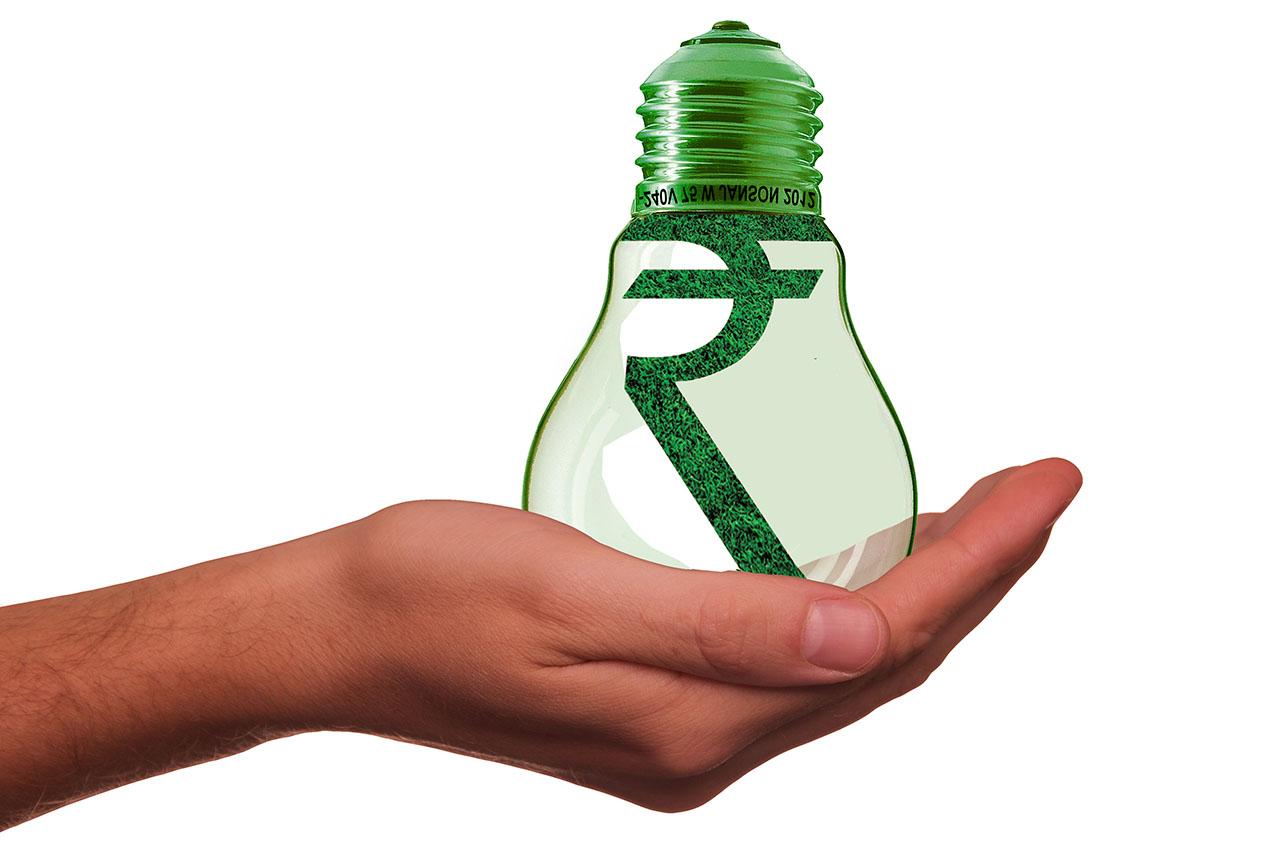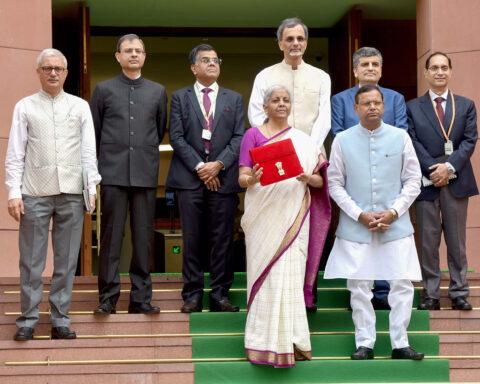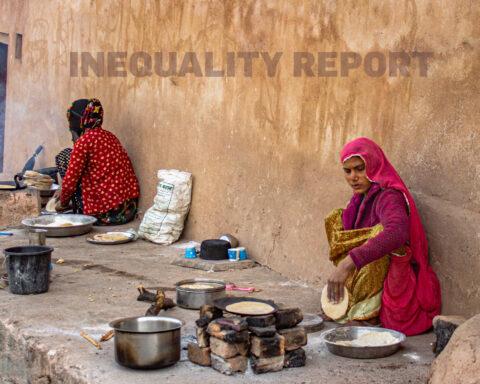Prime Minister Narendra Modi sprang a surprise at the climate change conference (COP26) in Glasgow, Scotland, last November by announcing that India will achieve net-zero carbon emissions by 2070. Since then, the government has taken a series of steps in that direction.
One such step was announced in the Union Budget by Finance Minister Nirmala Sitharaman as part of the government’s overall market borrowings in 2022-23 in the form of sovereign green bonds to be issued for mobilising resources for green infrastructure.
The proceeds from these bonds will be deployed in public sector projects to help reduce the carbon intensity of the economy. The Budget announcements included several measures on climate action such as the battery swapping policy and the additional allocation of ₹19,500 crore ($2.6 billion) under the Production Linked Incentive (PLI) scheme for indigenous manufacturing of high-efficiency solar modules. At present, India imports almost 90% of solar cells and about 70-80% of solar modules.


























